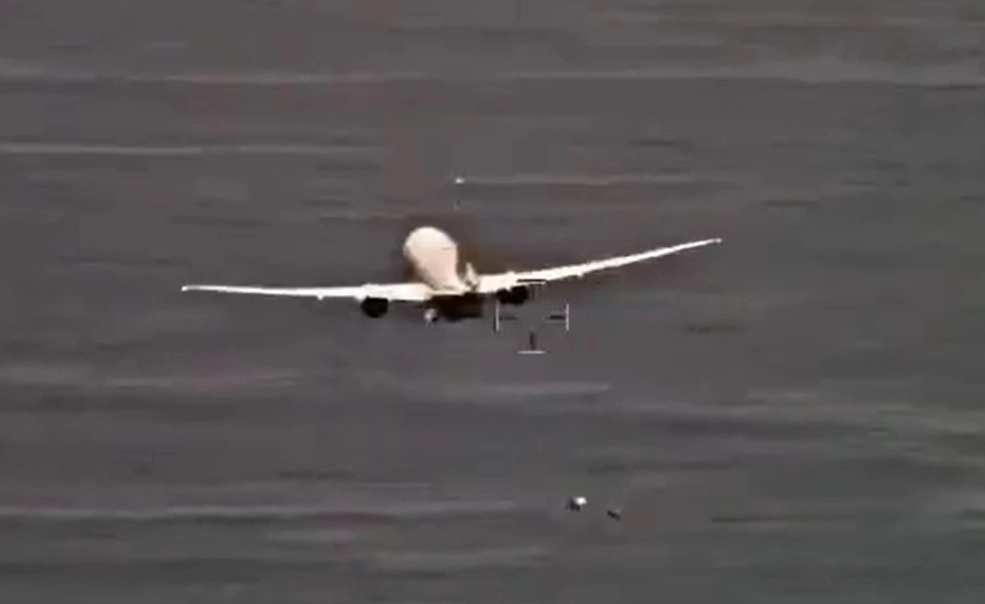In yet another strong message that the real strength lies in being ‘Aatmanirbhar’ (self-reliant) especially when an emergency situation arises, Indian Navy successfully undertook the maiden test drop of an indigenous Search and Rescue Kit (SARK) on August 15.
The SAR Kit gives the Indian Navy the capability to undertake lifesaving missions at extended ranges from the coast and strengthens India’s position as a ‘Preferred Security Partner’ in the Indian Ocean Region (IOR).
Developed by the Aerial Delivery Research and Development Establishment (ADRDE) in Agra, the SAR Kit has a capacity of eight people, containing food for up to 15 days and can be deployed in up to sea state 3.
The airdrop was undertaken by a P-8I aircraft from the Indian Naval Air Squadron (INAS) 316 based at INS Hansa in Goa.
“The drop was undertaken off Goa in the presence of ADRDE scientists. A fitting tribute on the auspicious occasion of nation’s 77th Independence Day,” revealed the Western Naval Command on Thursday.
The maiden test drop of an indigenous Search and Rescue Kit (SARK) developed by ADRDE, Agra was successfully undertaken on 15 Aug by P-8I aircraft ex INAS 316 based at INS Hansa, marking a significant step towards #AatmaNirbharBharat.@DefenceMinIndia@AjaybhattBJP4UK pic.twitter.com/4Lc2NWgYL5
— Western Naval Command (@IN_WNC) August 17, 2023
Agra’s ADRDE is a pioneer research laboratory of Defence Research and Development Organisation (DRDO) for the design and development of aerodynamic decelerators and aerostat systems. The charter of duties of the establishment includes development of paratrooper parachute systems, aircrew parachute system, ammunition parachute system, brake parachute, recovery parachute system, aerial delivery parachute systems, heavy drop systems, inflatable systems, airship technologies and aircraft arrester barrier system, etc.
As reported by IndiaNarrative.com earlier this week, ADRDE along with Indian Space Research Organisation (ISRO) also successfully conducted a series of Drogue Parachute Deployment Tests in Chandigarh, further accentuating the progress of the Gaganyaan mission’s parachute system development.
Watch: ISRO conducts Drogue Parachute Deployment Tests for safe return of Mission Gaganyaan astronauts
INAS 316, christened ‘Condors’ (one of the largest flying land birds with a massive wingspan), operates the Boeing P-8I aircraft – a multirole Long Range Maritime Reconnaissance Anti-Submarine Warfare (LRMR ASW) aircraft that can be equipped with a range of air-to-ship missiles and torpedoes.
These aircraft have been operating from Hansa since December 2021 and the squadron is integrated with full spectrum surface and subsurface naval operations.
The Indian Navy has been at the forefront of indigenisation and innovation through inductions of ships and submarines and development of niche technologies, in consonance with the ‘Aatmanirbhar Bharat’ vision of the government led by Prime Minister Narendra Modi.
The mission-based deployments of the Navy have also strengthened India’s position as a ‘Preferred Security Partner’ of friendly foreign countries in the Indian Ocean Region (IOR).




















